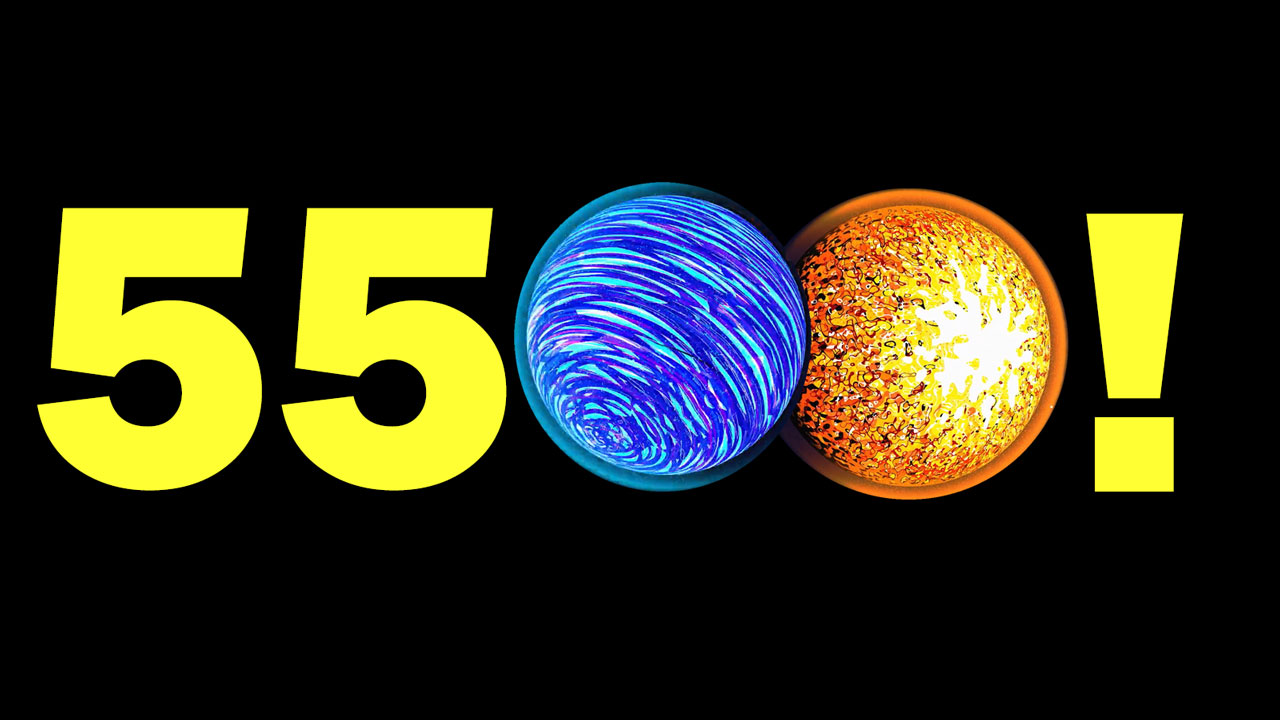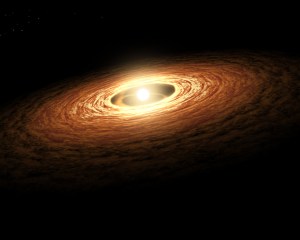Discovery Alert: With Six New Worlds, 5,500 Discovery Milestone Passed!
On Aug. 24, 2023, more than three decades after the first confirmation of planets beyond our own solar system, scientists announced the discovery of six new exoplanets, stretching that number to 5,502. From zero exoplanet confirmations to over 5,500 in just a few decades, this new milestone marks another major step in the journey to […]

4 min read
Discovery Alert: With Six New Worlds, 5,500 Discovery Milestone Passed!
On Aug. 24, 2023, more than three decades after the first confirmation of planets beyond our own solar system, scientists announced the discovery of six new exoplanets, stretching that number to 5,502. From zero exoplanet confirmations to over 5,500 in just a few decades, this new milestone marks another major step in the journey to understand the worlds beyond our solar system.
The Discovery
With the discovery of six new exoplanets, scientists have tipped the scales and surpassed 5,500 exoplanets found (there are now 5,502 known exoplanets, to be exact).
Just about 31 years ago, in 1992, the first exoplanets were confirmed when scientists detected twin planets Poltergeist and Phobetor orbiting the pulsar PSR B1257+12. In March 2022, just last year, scientists celebrated passing 5,000 exoplanets discovered.
Key Facts
Scientists have discovered six new exoplanets — HD 36384 b, TOI-198 b, TOI-2095 b, TOI-2095 c, TOI-4860 b, and MWC 758 c — this has pushed the total number of confirmed exoplanets discovered to 5,502.
Details
HD 36384 b is a super-Jupiter that orbits an enormous M giant star.
- This planet was discovered using the radial velocity method, which measures the “wobble” of far-off stars that is caused by the gravitational tug of orbiting planets.
- Orbits a star so large that it clocks in at nearly 40 times the size of our Sun.
TOI-198 b is a potentially rocky planet that orbits on the innermost edge of the habitable zone around its star, an M dwarf.
- This planet was discovered using the transit method, which detects exoplanets as they cross the face of their stars in their orbit, causing the star to temporarily dim.
TOI-2095 b and TOI-2095 c are both large, hot super-Earths that orbit in the same system around a shared star, an M dwarf.
- Planets were both discovered using the transit method.
- Are close enough to their star that they are likely more similar to Venus than Earth.
TOI-4860 b is a Jupiter-sized gas giant, or a “hot Jupiter,” that orbits an M dwarf star.
- This planet was discovered using the transit method.
- Completes an orbit every 1.52 days, meaning it is very close to its star. While it is extremely rare for giant planets like this to orbit so closely to Sun-like stars, it is even rarer for them to orbit M-dwarf stars as is the case here.
MWC 758 c is a giant protoplanet that orbits a very young star. This star still has its protoplanetary disk, which is a rotating disc of gas and dust that can surround a young star.
- This planet was discovered using direct imaging.
- Was found carving spiral arms into its star’s protoplanetary disk.
- Is one of the first exoplanets discovered in a system where the star has a protoplanetary disk.
The field of exoplanet science has exploded since the first exoplanet confirmation in 1992, and with evolving technology, the future for this field looks brighter than ever.
There are a number of both space and ground-based instruments and observatories that scientists have used to detect and study exoplanets.
NASA’s Transiting Exoplanet Survey Satellite (TESS) launched in 2018 and has identified thousands of exoplanet candidates and confirmed over 320 planets.
NASA’s flagship space telescopes Spitzer, Hubble, and most recently the James Webb Space Telescope have also been used to discover and study exoplanets.
NASA’s Nancy Grace Roman Space Telescope is set to launch in May 2027. Roman will be carrying a technology demonstration called the Roman Coronagraph Instrument. This coronagraph will work by using a series of complex masks and mirrors to distort the light coming from far-away stars. By distorting this starlight, the instrument will reveal and directly-image hidden exoplanets.
With the success of the Roman Coronagraph Instrument, NASA could push the envelope even further with is a concept for the mission the Habitable Worlds Observatory, which would search for “signatures of life on planets outside of our solar system,” according to the 2020 Decadal Survey on Astronomy and Astrophysics.
The Discoverers
These six exoplanets were discovered by different teams as part of five separate studies:
Share
Details
Related Terms
What's Your Reaction?



















.jpg?#)








































